Skeleton Coast safari: a life-affirming desert adventure in Namibia
Find your life force in the Namib desert, where wildlife of all shapes and sizes thrive against the odds
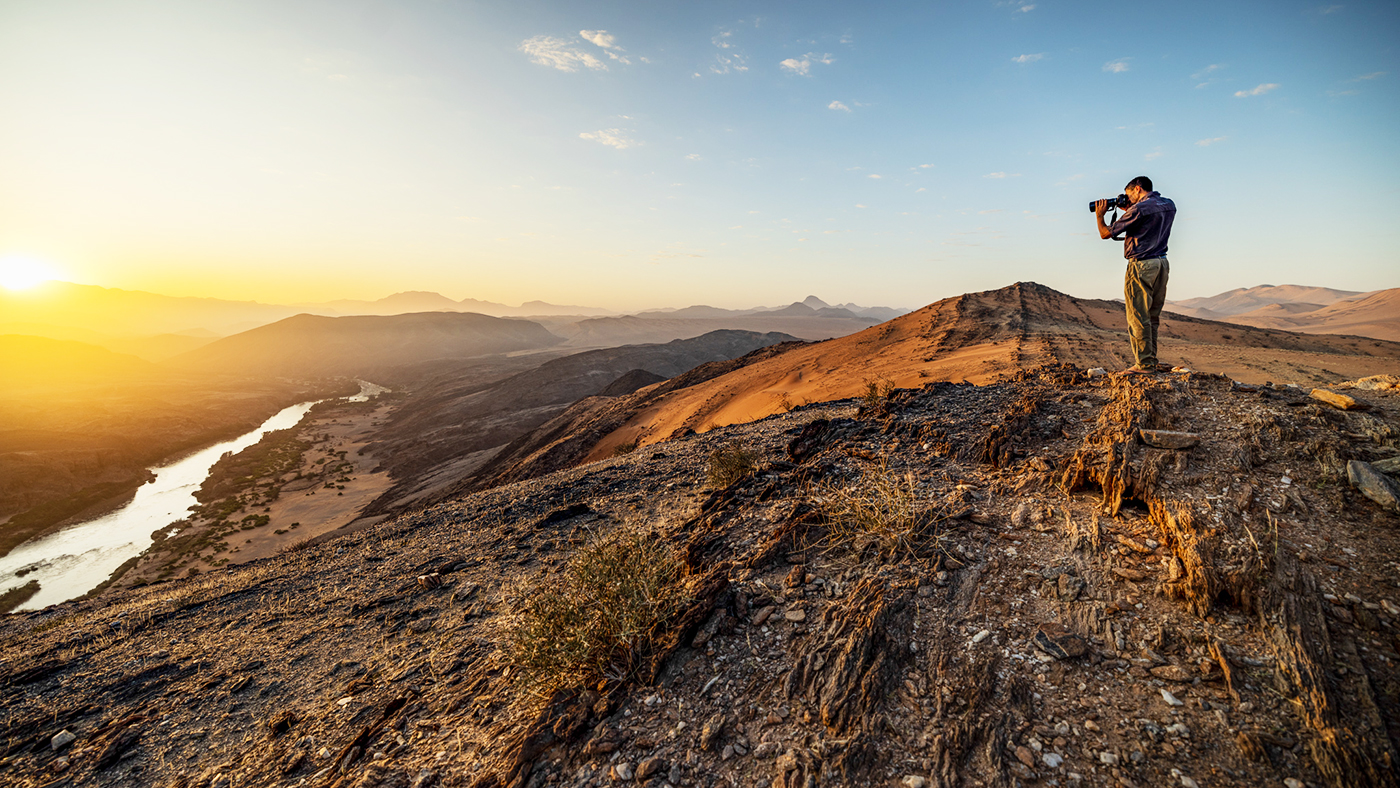
If anywhere in our over-explored world can still be called a wilderness, it’s the Skeleton Coast in northwest Namibia. The gates that mark the end of the public road at its southern boundary don’t quite say “here be dragons”, but they may as well: a giant painted skull and crossbones greets intrepid drivers – and an all-too-real collection of whale bones. Those who do venture in by road will have to deal with deep sand, tyre-shredding rocks and a sparse road network that peters out just as things get interesting.
Far better, then, to put yourself in the more experienced hands of Wilderness Safaris’ Hoanib Skeleton Coast Camp, where their expert guides, vehicles and even light aircraft will assist your exploration of this otherwise impenetrable landscape.
Skeleton Coast adventure: the five-star desert safari in full
The Week
Escape your echo chamber. Get the facts behind the news, plus analysis from multiple perspectives.

Sign up for The Week's Free Newsletters
From our morning news briefing to a weekly Good News Newsletter, get the best of The Week delivered directly to your inbox.
From our morning news briefing to a weekly Good News Newsletter, get the best of The Week delivered directly to your inbox.
Where is it?
The camp is on the fringe of the Skeleton Coast national park, about half way between the coastal town of Swakopmund and the Angolan border. Between the two is an area that’s almost as big as Wales yet home to just a few dozen people. Most guests arrive by plane, which takes a couple of hours from the international airport in Windhoek.
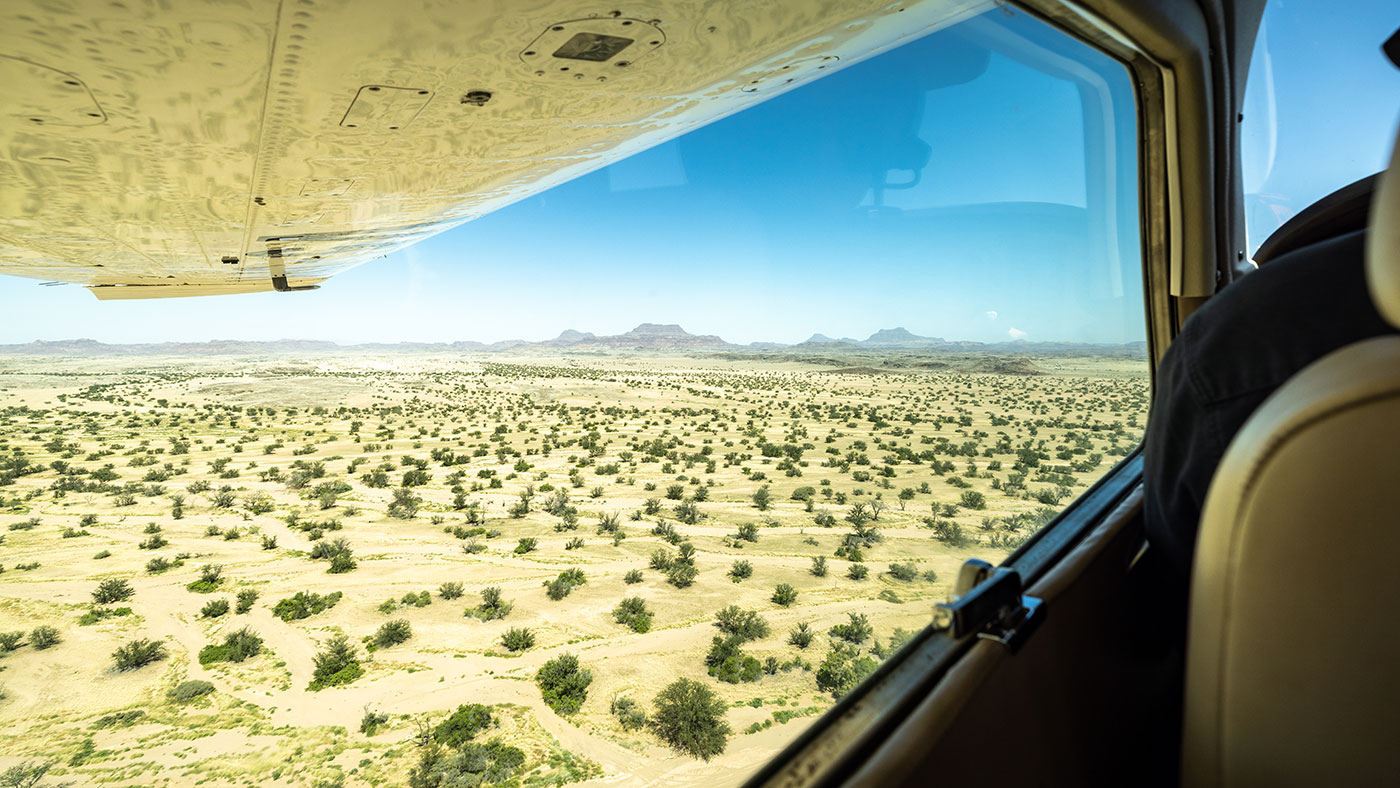
The landscape
The camp sits in a dry valley, with mountains behind it and in front an expanse of sand leading down to the Hoanib river. For much of the year (and sometimes several years in a row) the river is dry, but the steep river cliffs it has carved into the floodplain are proof of its power when the rains do come. As you progress downstream towards the Atlantic, the floodplain widens and the dark rocky mountains give way to golden sand dunes, which rise and fall until they reach the sea.
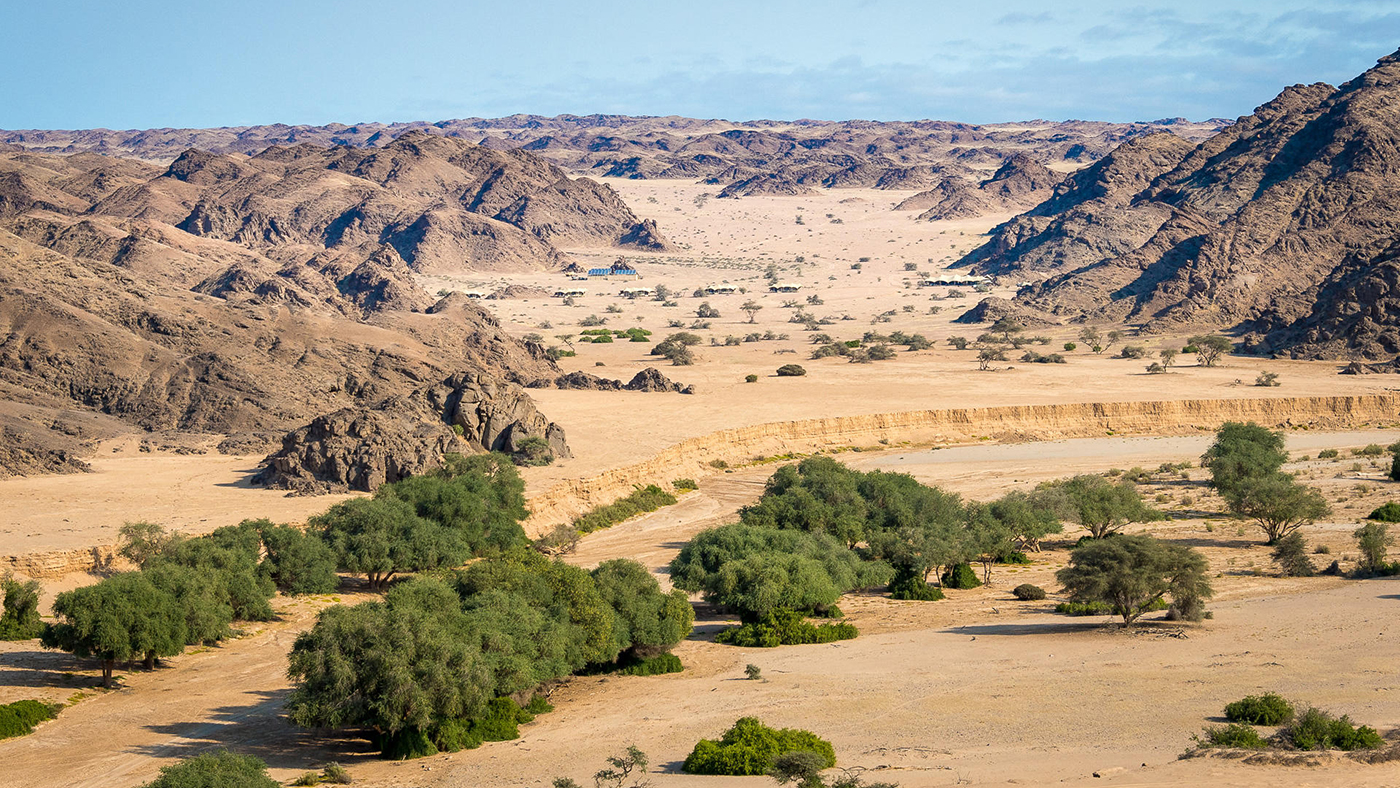
Activities and game drives
A desert safari is very different from one in the water-rich grasslands of the Okavango Delta in Botswana, or even Namibia’s own Etosha national park, where prey and predators gather in large numbers. Instead of sitting back and watching as herds of animals pass you by, you will be actively seeking out a few highly adapted species – the desert lions and elephants, for example – and stopping off to see the other birds, insects, snakes and small mammals that catch your guide’s attention on the way.
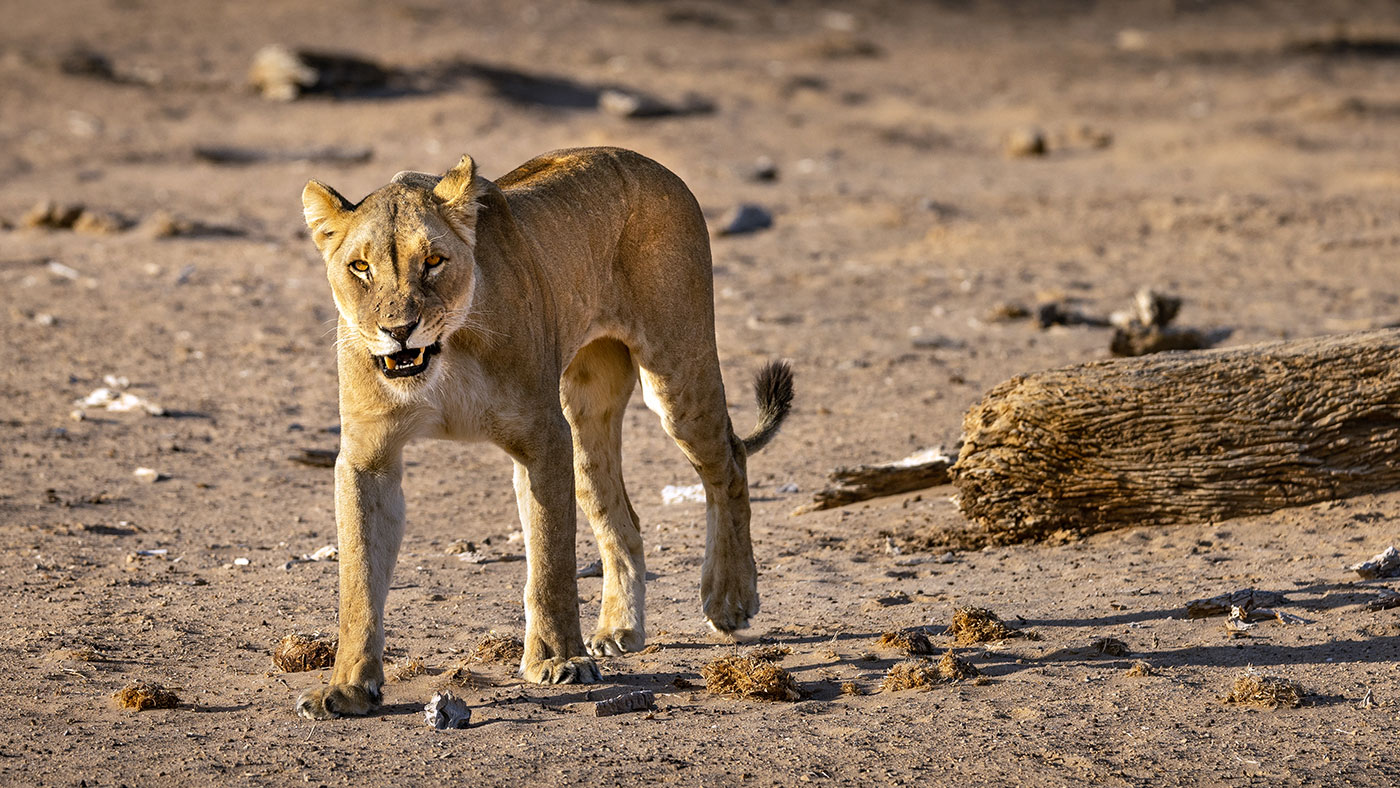
Finding a lion or elephant is by no means guaranteed given the ground they have to cover to survive in such a harsh environment, but the skill of the guides dramatically increases your chances. And you will certainly see giraffe, springbok and oryx as you make your way through the valley – often against the unusual and highly photogenic backdrop of sand dunes. You will also have the opportunity to speak to the researchers based at Hoanib Skeleton Coast camp, learning more about how wildlife has found a way to survive in such dry conditions.
A free daily email with the biggest news stories of the day – and the best features from TheWeek.com
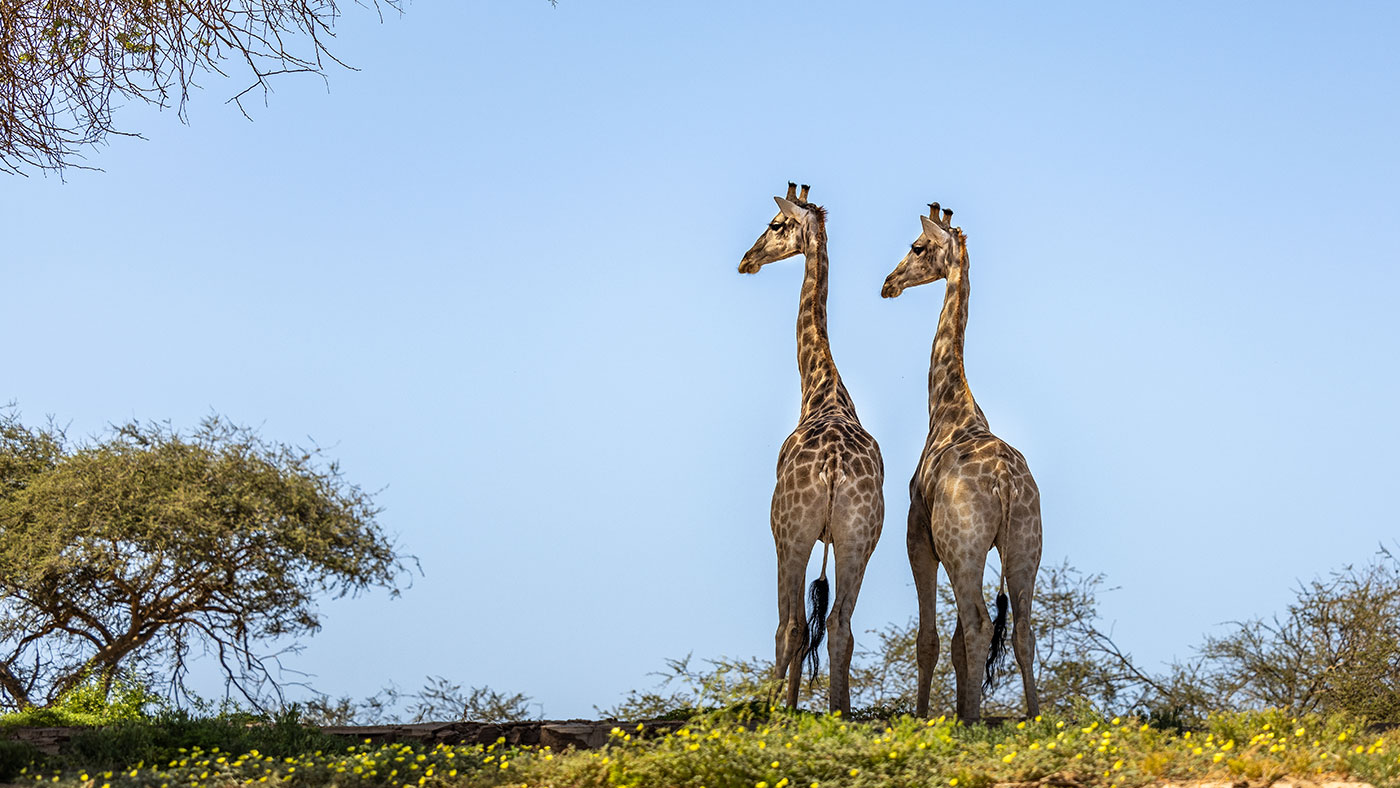
A day trip to the coast is included if you spend three nights or more at Hoanib (and otherwise available for an extra fee). An experience like no other, it usually begins with a pre-dawn drive across the flood plain. As the sun rises, you might do some elephant tracking on route, or happen across some hyenas scavenging on the river bank. You will make time for a bush breakfast too, before emerging into the dunes that mark the western edge of Africa. Beyond them is the coast itself, a spooky, misty strip littered with whalebones and the occasional shipwreck – as well as thousands of seals. After probably the most remote lunch you will ever eat, you will return to the camp by light aircraft – a scenic, low-level flight along the course of the river.
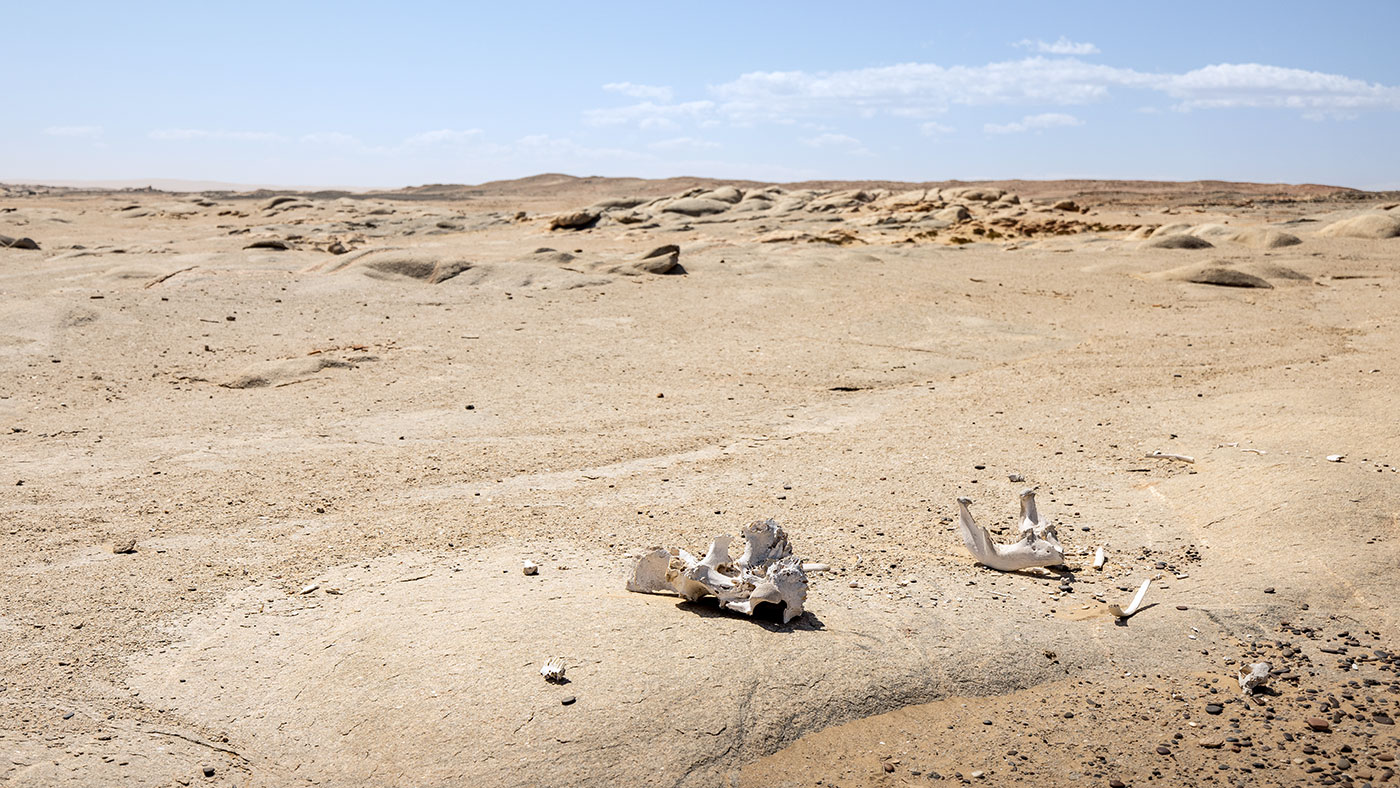
Accommodation and food
Hoanib Skeleton Coast Camp consists of eight guest cabins, all with tented roofs that resemble the peaks and ridges of the nearby dunefield. Inside, the glass-and-canvas suites are generously sized, with large and very comfortable beds and spacious bathrooms. The whole camp is furnished to complement the desert landscape, using plenty of untreated timber and muted fabrics. The overall effect is modern, crisp but unobtrusive.

A similar aesthetic extends to the common area, which consists of a small swimming pool as well as a restaurant, bar and lounge. The quality of food, as at all the Wilderness Safaris camps, is excellent, with plenty of choice on an a la carte menu which changes daily (and is coordinated with other lodges in Namibia to ensure variety even when you’re hopping from camp to camp). Meals are served at individual tables.
When to go
Given its desert location, Hoanib Skeleton Coast Camp can get hot at any time of the year, but the heat is at its most intense from October to January. Temperatures in the high 30s are not uncommon and the sun feels strong. Rain is most likely from January to March, usually in the form of spectacular thunderstorms. Some areas of the river bed may become inaccessible after rain – but those that can still be reached are carpeted in grass and flowers. Peak season runs from April to September, when daytime temperatures are cooler (though still up to 30C in the middle of the day).
Price and booking
Off-peak rates at Hoanib Skeleton Coast (between January and March 2023) start from about £765 per person per night, based on two-people sharing. The room rate includes meals, drinks and most activities. Flights to and from the lodge are extra. The lodge is part of Wilderness Safaris’ Natural Wonders of Namibia itinerary – or can be included in a tailor-made trip. Contact Wilderness Safaris for more information. Flights to Windhoek are available from about £700 with Lufthansa (via Frankfurt) or Qatar Airways (via Doha).
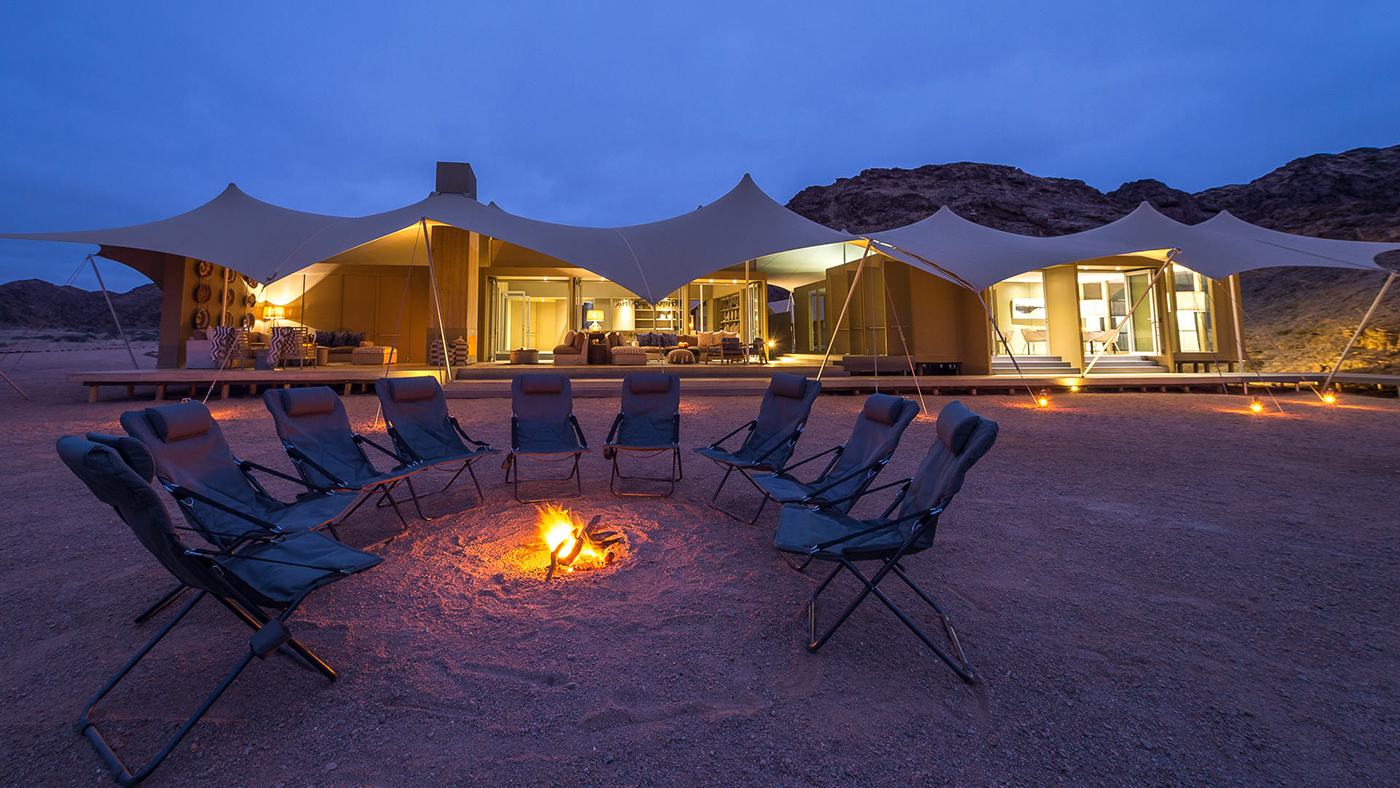
Holden Frith is The Week’s digital director. He also makes regular appearances on “The Week Unwrapped”, speaking about subjects as diverse as vaccine development and bionic bomb-sniffing locusts. He joined The Week in 2013, spending five years editing the magazine’s website. Before that, he was deputy digital editor at The Sunday Times. He has also been TheTimes.co.uk’s technology editor and the launch editor of Wired magazine’s UK website. Holden has worked in journalism for nearly two decades, having started his professional career while completing an English literature degree at Cambridge University. He followed that with a master’s degree in journalism from Northwestern University in Chicago. A keen photographer, he also writes travel features whenever he gets the chance.
-
 Farage’s £9m windfall: will it smooth his path to power?
Farage’s £9m windfall: will it smooth his path to power?In Depth The record donation has come amidst rumours of collaboration with the Conservatives and allegations of racism in Farage's school days
-
 The issue dividing Israel: ultra-Orthodox draft dodgers
The issue dividing Israel: ultra-Orthodox draft dodgersIn the Spotlight A new bill has solidified the community’s ‘draft evasion’ stance, with this issue becoming the country’s ‘greatest internal security threat’
-
 Codeword: December 13, 2025
Codeword: December 13, 2025The daily codeword puzzle from The Week
-
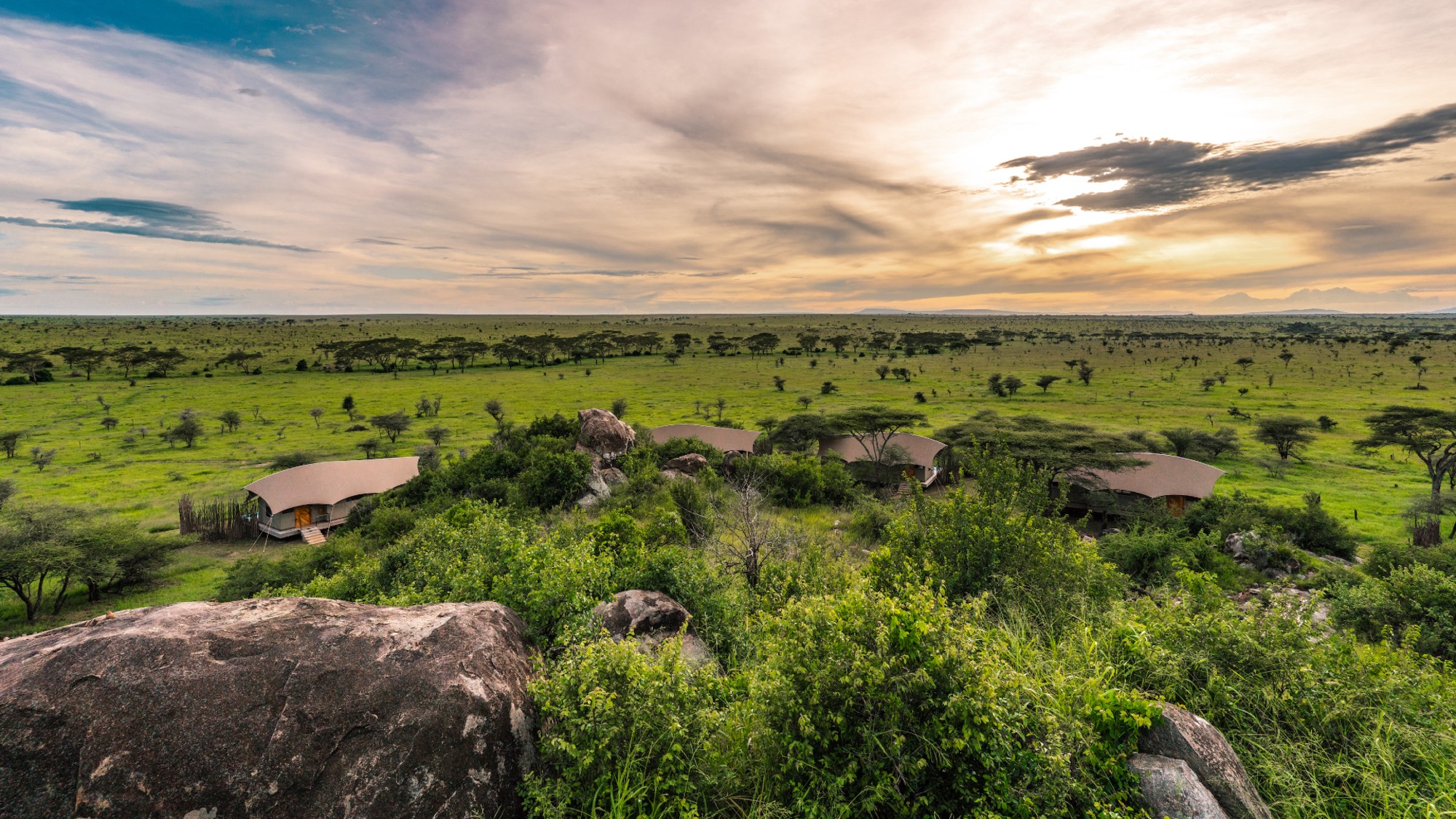 Experience Tanzania’s untamed wilderness from Lemala’s luxury lodges
Experience Tanzania’s untamed wilderness from Lemala’s luxury lodgesThe Week Recommends The vast protected landscapes are transformed into a verdant paradise during ‘emerald season’
-
 Uttar Pradesh: from a once-in-a-generation festival to tiger tracking in an ancient forest
Uttar Pradesh: from a once-in-a-generation festival to tiger tracking in an ancient forestThe Week Recommends Soak up the state's rich culture on one of Explorations Company's specially curated tours
-
 South Korea highlights: ancient history meets modern culture
South Korea highlights: ancient history meets modern cultureThe Week Recommends From the bright lights of Seoul to Busan's beaches and the 'living museum' of Gyeongju, this tour offers a taste of a unique heritage
-
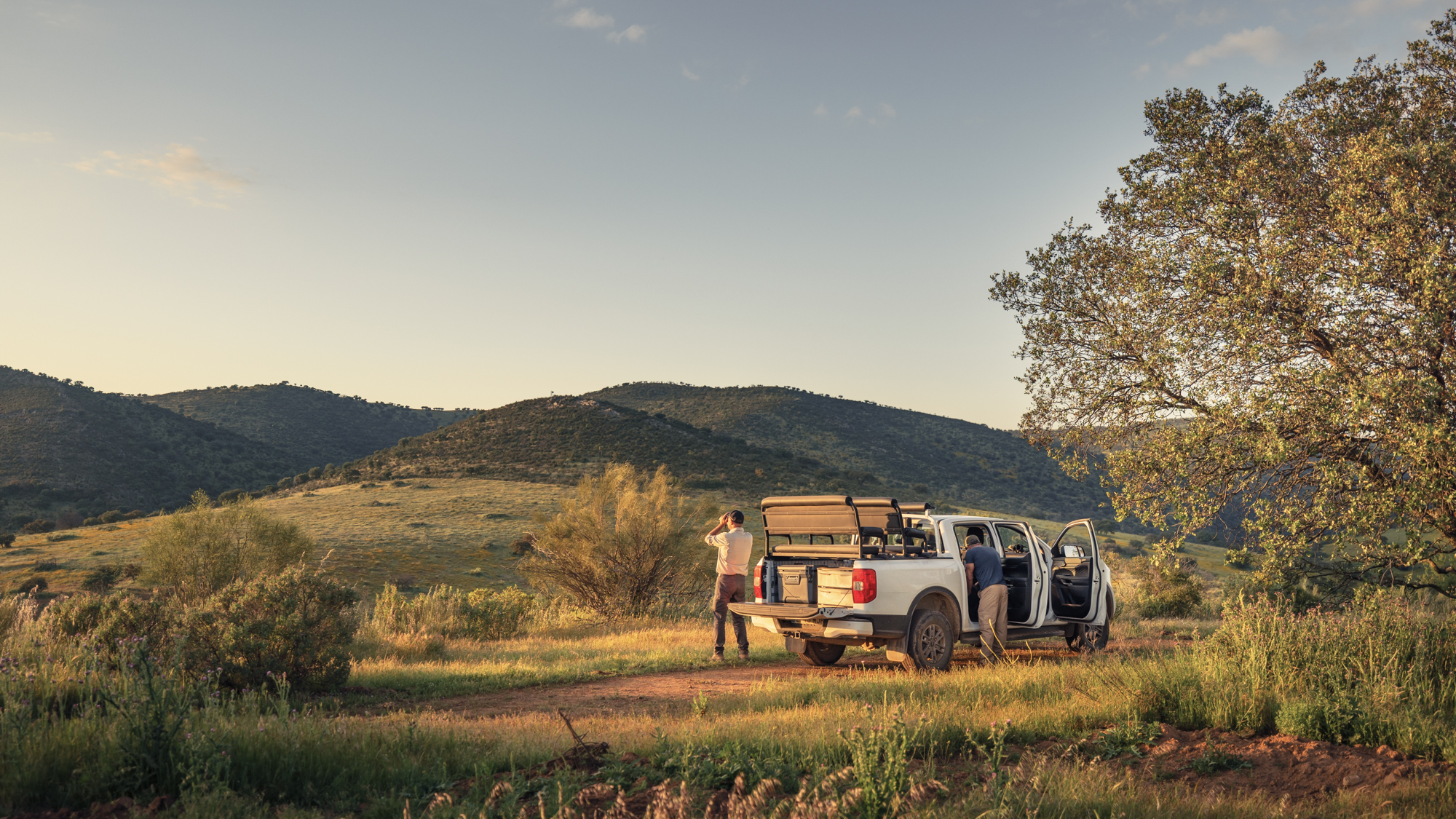 On the trail of the Iberian lynx
On the trail of the Iberian lynxThe Week Recommends Explore the culture, food – and wildlife – of Extremadura on this stunning Spanish safari
-
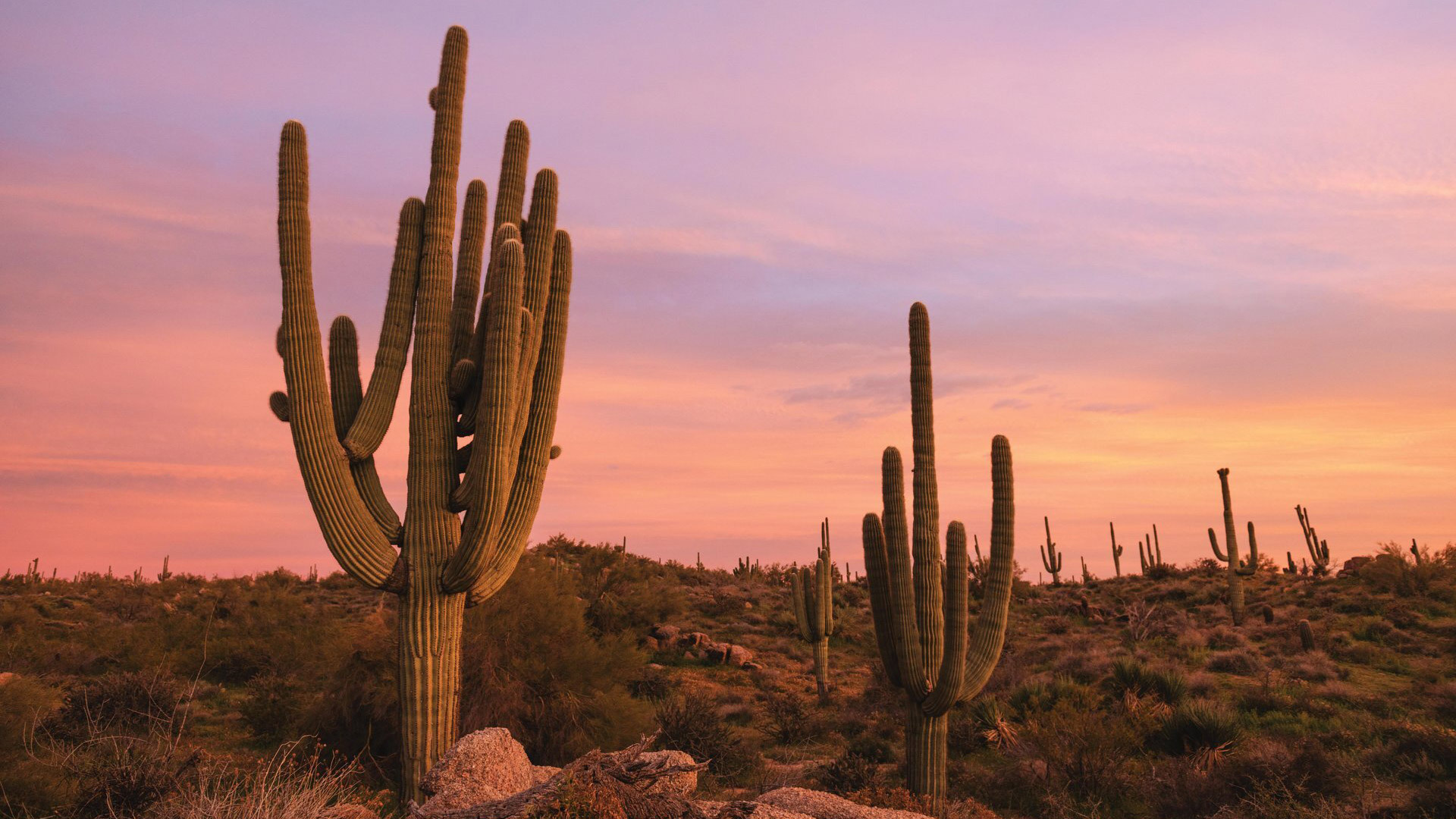 Desert wellness in Scottsdale: the best of Arizona's Old West
Desert wellness in Scottsdale: the best of Arizona's Old WestThe Week Recommends Boost body, mind and soul in this hub of healthy living
-
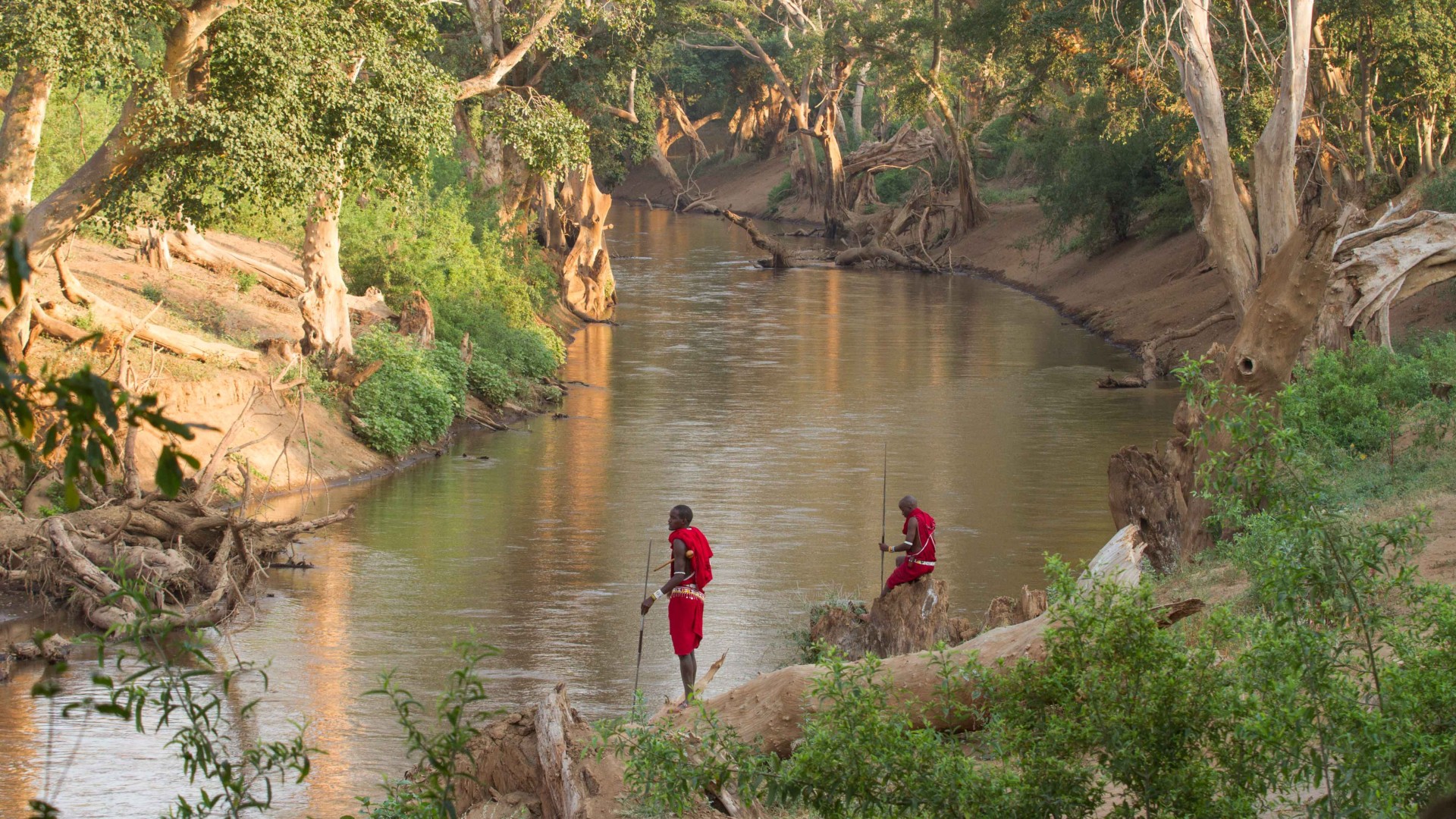 Shompole Wilderness Camp: immerse yourself in nature at this secluded retreat
Shompole Wilderness Camp: immerse yourself in nature at this secluded retreatThe Week Recommends This luxurious family-run camp in southern Kenya has access to more than 350,000 acres of pristine savannah
-
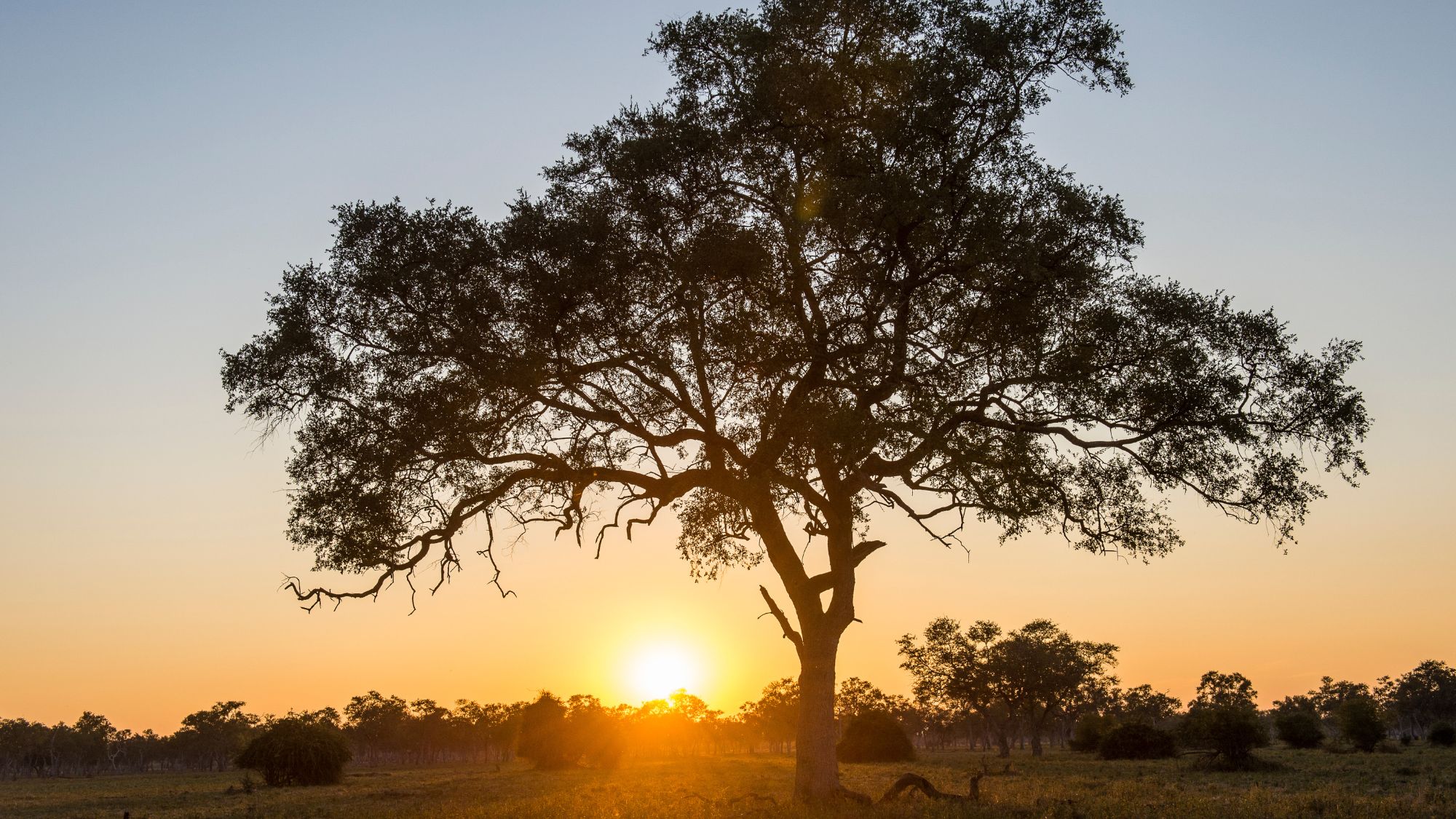 A horseback safari in the wilds of Zambia
A horseback safari in the wilds of ZambiaThe Week Recommends Unforgettable trip offers chance to see wildlife and experience local villages
-
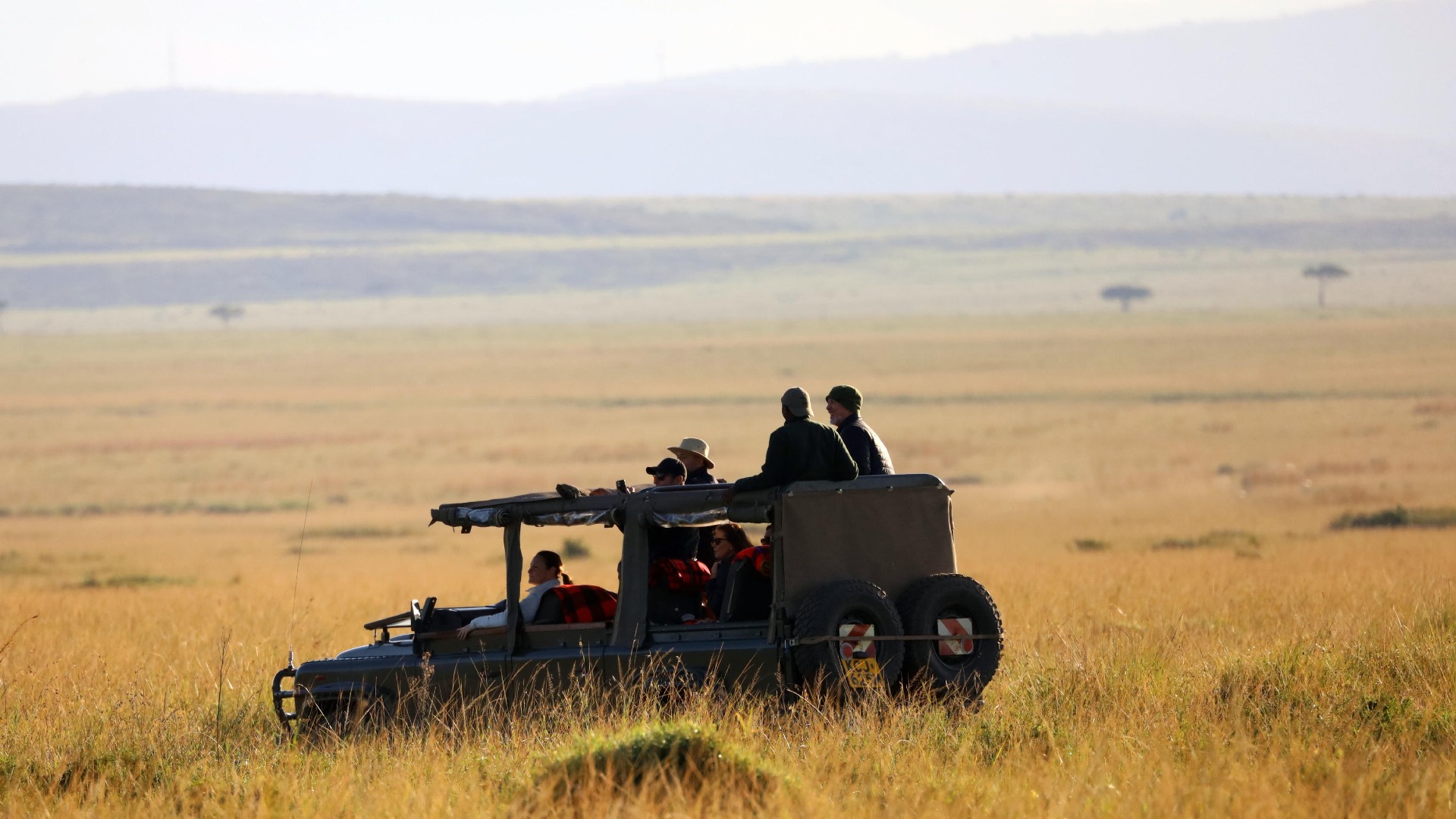 Roca River Camp: home from home in the wild Maasai Mara
Roca River Camp: home from home in the wild Maasai MaraThe Week Recommends This luxurious camp's expert guides all but guarantee front row seats to the savannah's most majestic spectacles